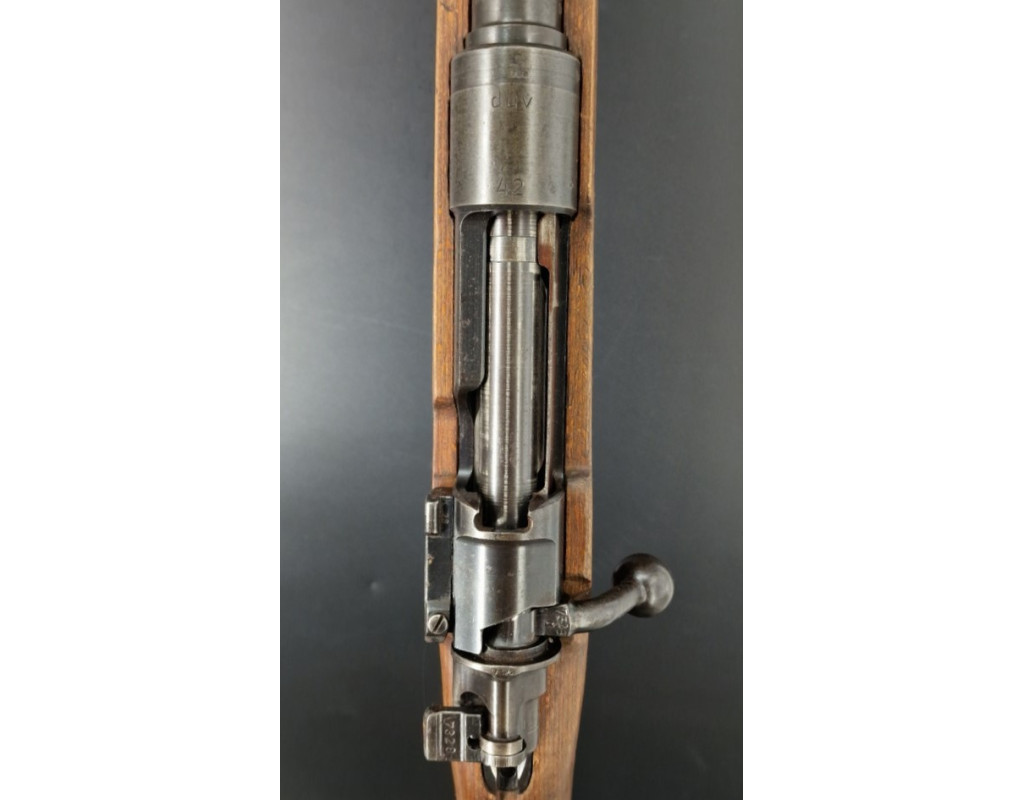Maybe? Poor storage is poor storage at the end of the day, whether it was wrapped up in blankets for someone's end of the war resistance cell or just tossed in a horse blanket for a few decades by a dead vet's wife.
It's one of those thing where unless you have solid evidence tying the damage to a specific event you can get into lots of fun conjecture, but you'll never really know.
See also: "blood pitting." Man oh man have I ever seen a ton of pistols sold with corrosion/pitting on one side that the seller insisted was because of all the blood it got on it before a GI pulled it off that dead officer. Or, you know, it could have just been stored under a bed in a leather holster for decades, like that one up-thread. Which, as an aside, Nazis were horrible and sucked but they didn't have acid for blood like the bugs in Aliens. Blood will sure as hell cause rusting but I suspect there are tons of nice condition pistols and rifles in our collections that had a bit of it on there at one point or another and the guy who picked it up just rinsed it off with a wet rag, as one would do with a thing with another person's blood on it.
In short, buy the gun, not the story.







